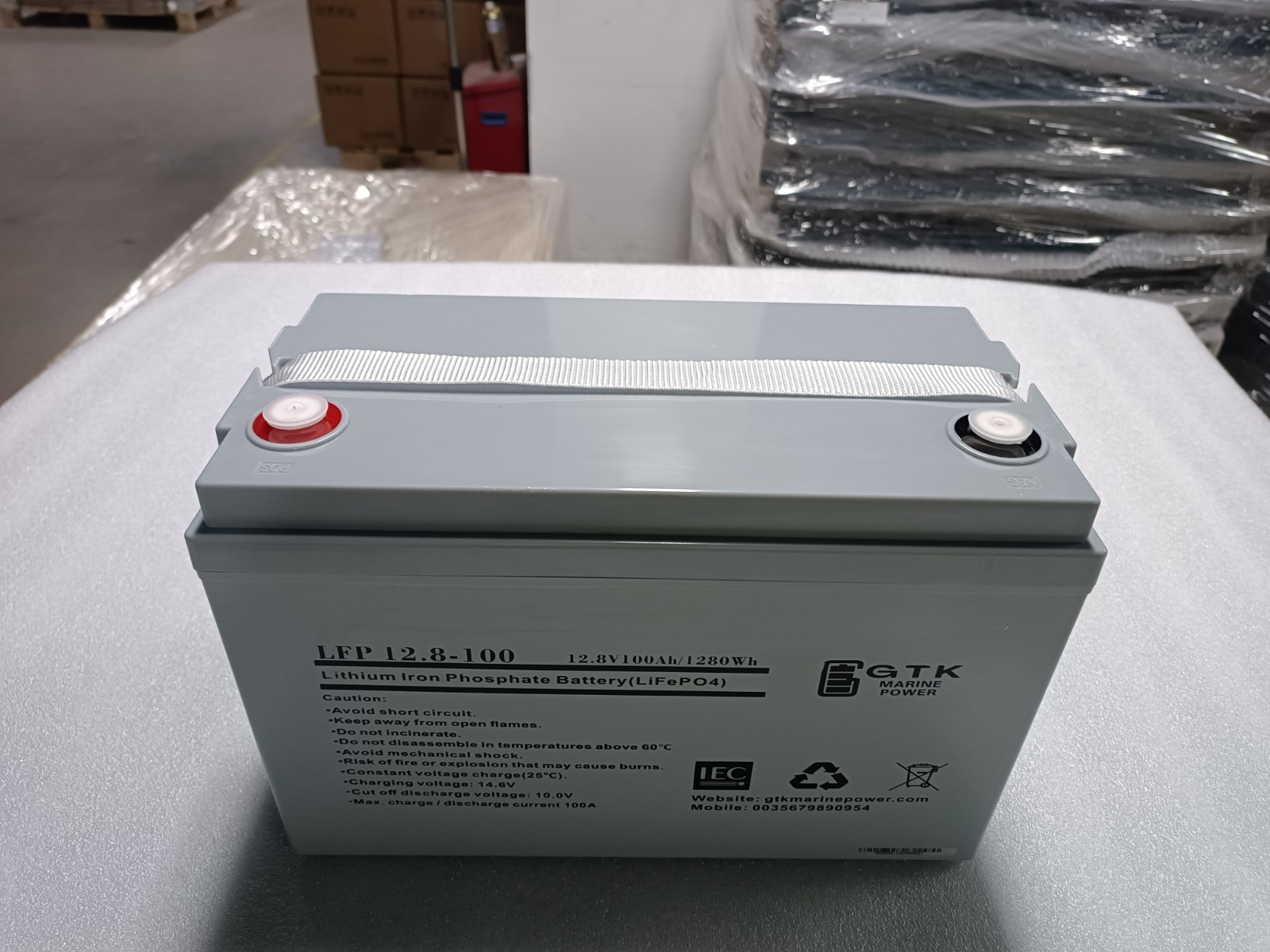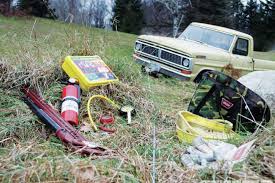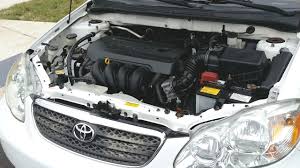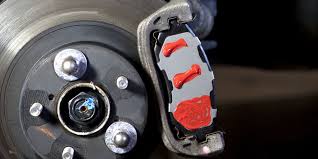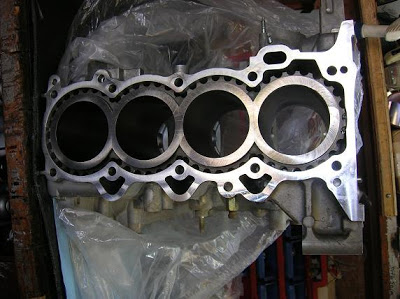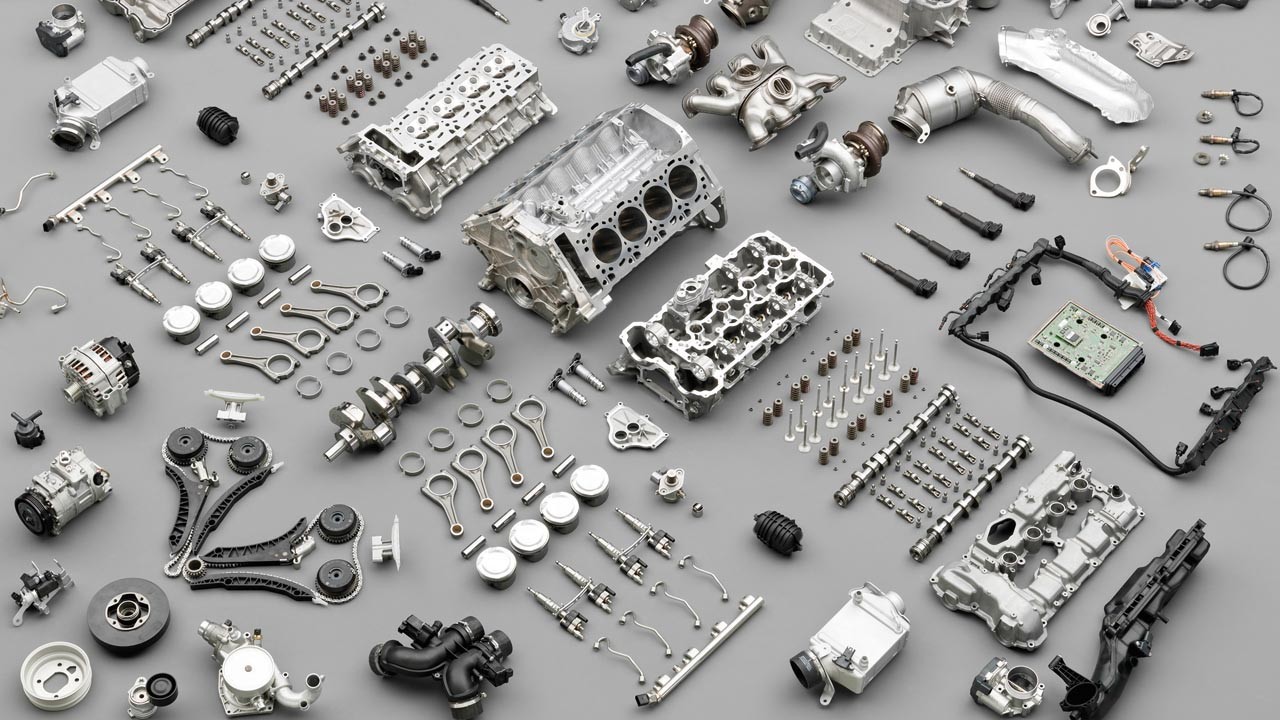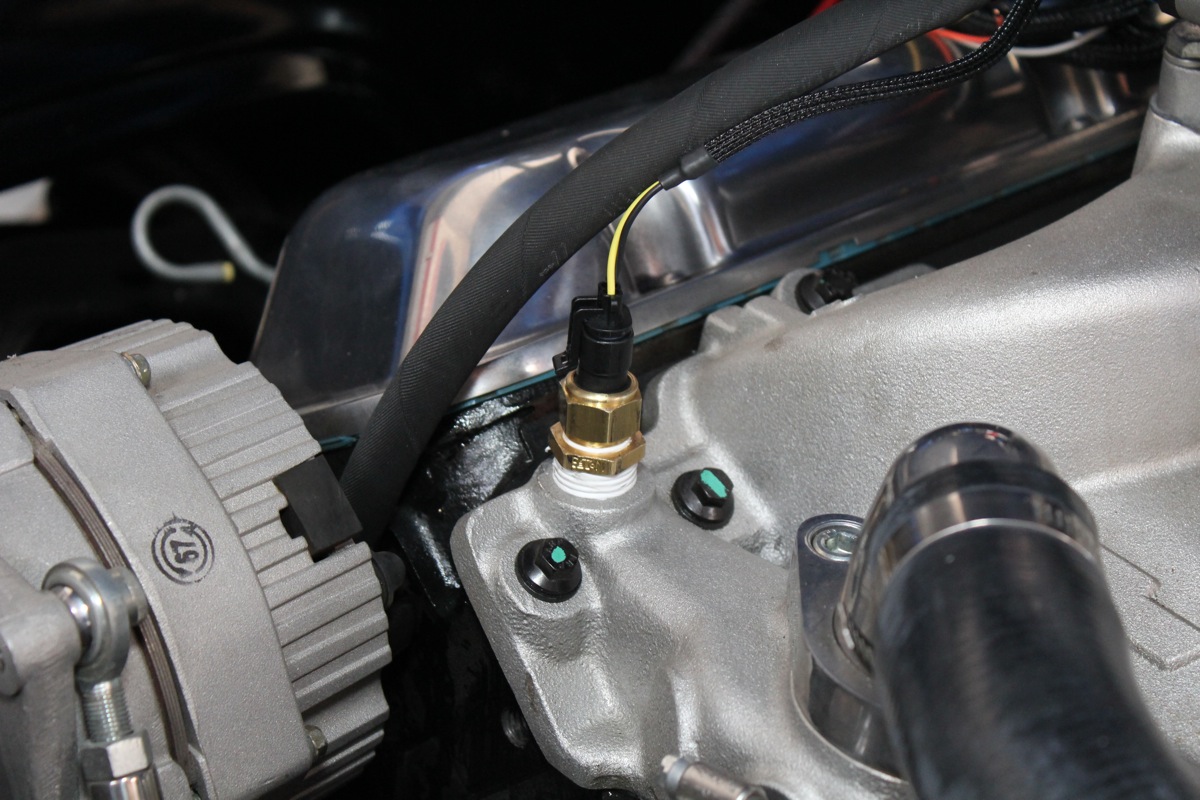
Content
Introduction:
Canada’s automotive industry is a vital part of its economy, contributing significantly to employment and trade. With millions of vehicles on the road, the demand for auto parts remains consistently high. Whether you’re a car enthusiast, a mechanic, or a regular vehicle owner, understanding the landscape of the Canadian auto parts market is crucial. In this article, we delve into the intricacies of Canada’s auto parts industry, exploring key aspects such as market overview, trends, purchasing options, and tips for consumers.
Market Overview:
The Canadian auto parts market is a dynamic and diverse sector, encompassing a wide range of products and services. According to the Automotive Industries Association of Canada (AIA), the country’s aftermarket parts industry generates billions of dollars in revenue annually. With a robust network of manufacturers, distributors, retailers, and service providers, Canada’s auto parts market caters to various needs and preferences.
Key Players:
Several key players dominate the Canadian auto parts landscape, including both domestic and international companies. Major manufacturers such as Magna International, Linamar Corporation, and Martinrea International are significant contributors to the industry’s growth. Additionally, leading retailers like Canadian Tire, PartSource, and NAPA Auto Parts play a crucial role in distributing auto parts to consumers across the country.
Trends and Innovations:
The auto parts industry is constantly evolving, driven by technological advancements and changing consumer preferences. In recent years, there has been a notable shift towards eco-friendly and sustainable solutions, with an increasing demand for electric vehicle (EV) components and alternative fuel systems. Moreover, the rise of e-commerce has transformed the way consumers shop for auto parts, with online platforms offering greater convenience and accessibility.
Purchasing Options:
When it comes to purchasing auto parts in Canada, consumers have several options to consider. Traditional brick-and-mortar stores remain popular, providing hands-on assistance and immediate access to products. However, online retailers have gained significant traction, offering a vast selection of parts and accessories with the convenience of doorstep delivery. Auction sites, salvage yards, and auto parts recyclers also provide cost-effective alternatives for budget-conscious consumers.
Tips for Consumers:
For consumers navigating the Canada auto parts market, here are some helpful tips to ensure a smooth purchasing experience:
- Research Thoroughly: Take the time to research the specific parts or accessories you need, including compatibility with your vehicle make and model.
- Compare Prices: Shop around and compare prices from different retailers to ensure you’re getting the best deal.
- Check Warranty and Return Policies: Verify the warranty and return policies of the retailer before making a purchase to avoid any potential issues down the line.
- Consider Quality: While affordability is essential, prioritize quality to ensure the longevity and performance of the auto parts.
- Stay Informed: Stay updated on industry trends, regulations, and safety standards to make informed decisions about your automotive needs.
Conclusion:
The Canadian auto parts market offers a wealth of opportunities for consumers, from a wide selection of products to various purchasing options. By understanding the market landscape, staying informed about industry trends, and following best practices, consumers can navigate the auto parts market with confidence and make informed decisions that meet their automotive needs. Whether you’re upgrading your vehicle or performing routine maintenance, the Canadian auto parts market has something for everyone.

Daniel is the eco-conscious auto whisperer. His blog doesn’t preach; it educates on the world of green transportation. It’s your guide to reducing your carbon footprint without sacrificing style or speed.


